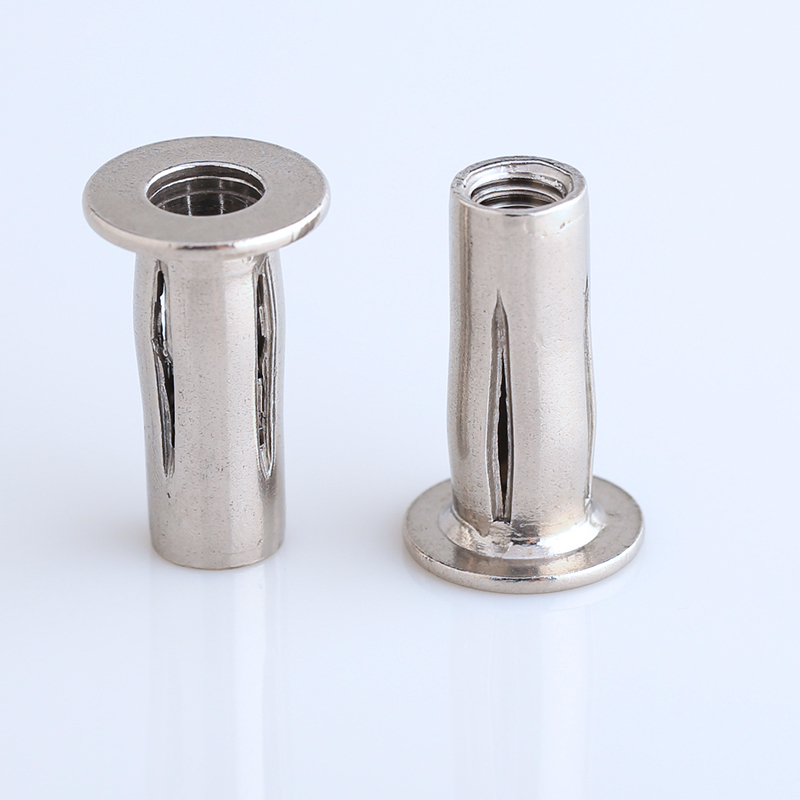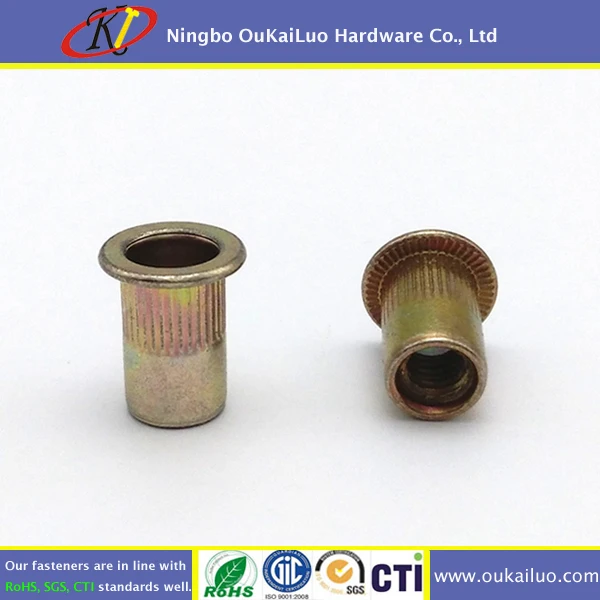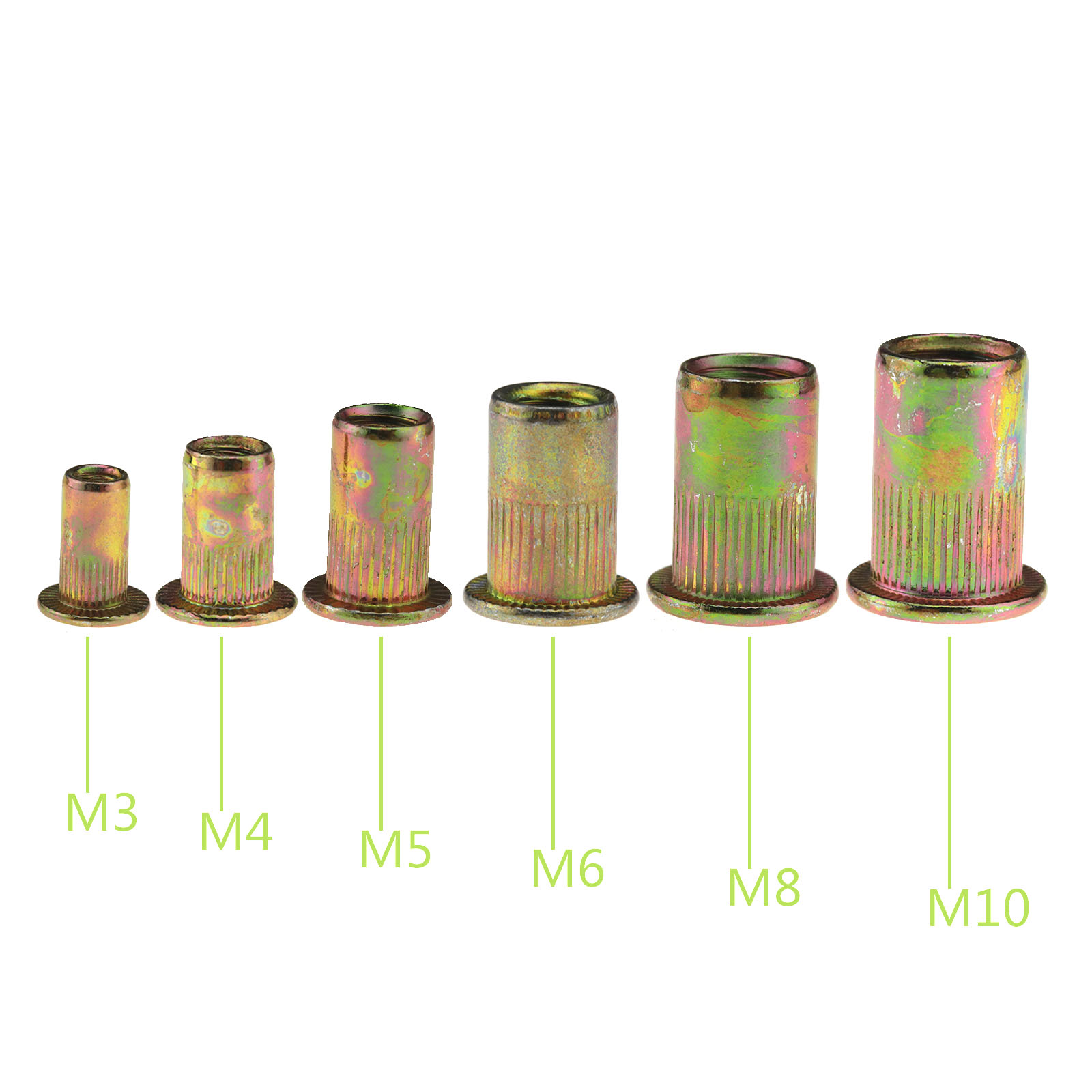

Based on its system philosophy of fastener and processing technology ARNOLD & SHINJO offers the optimal automation of the mechanical joining method.

At the same time the extreme torque strength was adapted to the profiles of greater sheet thicknesses, irrespectively of the sheet strength.Ī standardised range of tools is available for processing HR rivet nuts. High pullout forces prevent the fastener from breaking in safety critical situations. Fulfilling property classes 8 and 10 and stainless steel the high material quality of the new product line is ideal for applications with the respective sheet thicknesses and qualities. the one nut for all sheets up to 2.5 mm, assures sustainable cost cutting potential. The new HR rivet nut is designed specifically for reliable connections with sheet thicknesses from 0.4 to 4.5 mm. Measures for reducing weight not only included glass fibre reinforced carbon materials on bodies, but also presented high and higher strength steels for lightweight optimisation. Over the past years there has been growing awareness for environmental aspects in lightweight body engineering. The HR rivet nut is ARNOLD & SHINJO's response to the new demands that specifically the automotive industry places on the processing of semifinished products.

This new product line has stood the test above all in applications on sheets that must fulfil particular demands on mechanical strength properties and vibration resistance.Īutomotive engineering ranks among the central key industries in Germany characterised by high productivity and innovation density.
Metal welded rivet nuts full#
Hence this reliable and cost cutting alternative to welding can exploit its advantages to the full extent. Previously installed ARNOLD & SHINJO processing technologies can be modified easily and economically to integrate the new rivet nut system. This fastener is designed primarily for applications on high strength, press- and mould-hardened steels. The HR rivet nut for high strength sheetsĪrnold & Shinjo designed a new generation of rivet nuts allowing customised solutions on all sheet thicknesses from 0.4 to 4.5 mm. Specific to the application, you can use blind rivet nuts made from steel, aluminium, monel or stainless steel.Arnold & Shinjo - Çakma Somun Sistemi - HR Rivet Nut It is down to the customer to select the material used. The user can choose from the following shank variants: a round shank, a splined shank and a polygon shank (hexagon or square). What is known as the closing head is formed in this process. The shank is the part of the blind rivet nut that deforms during the setting procedure and fixes the blind rivet nut in the component. Finally, there are countersunk blind rivet nuts, which are perfect for flat surfaces in countersunk holes. If you are looking for minimum overlap of the blind rivet nut, thus allowing the assembly component to rest so it is almost flat, a blind rivet nut with a small head is the ideal option. The user can choose between the following variants: A blind rivet nut with a dome head provides a large contact surface on the component. The setting head is the part of the blind rivet nut that rests on the visible surface of the component.


 0 kommentar(er)
0 kommentar(er)
